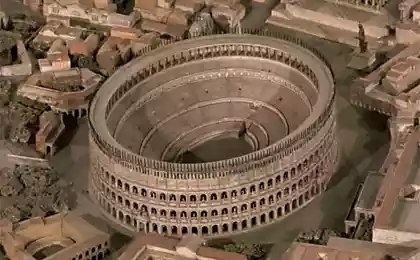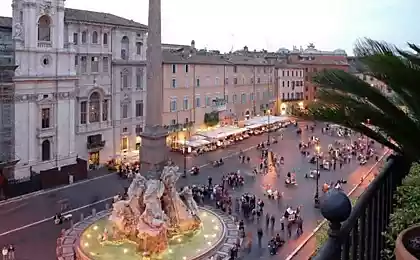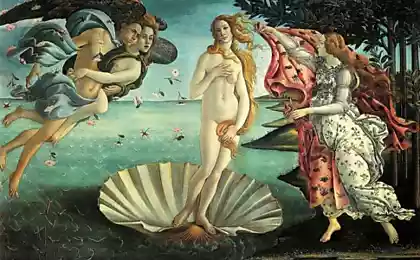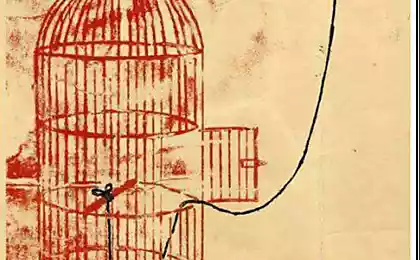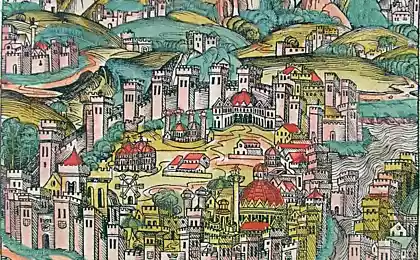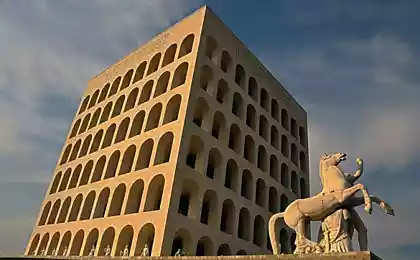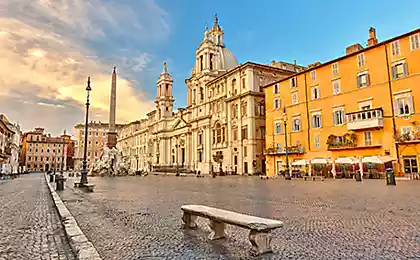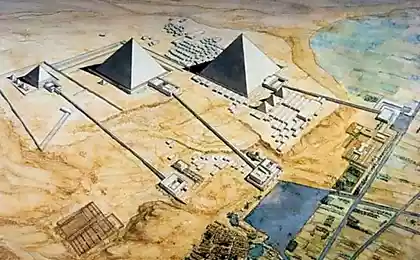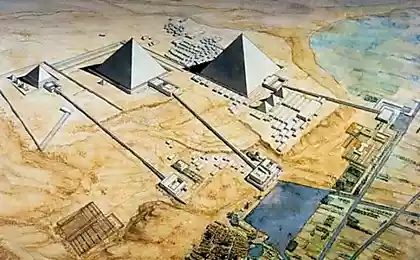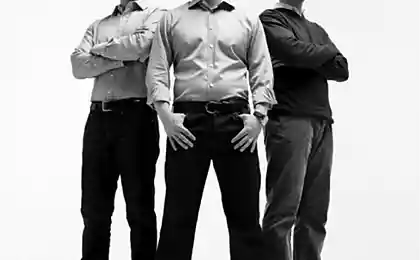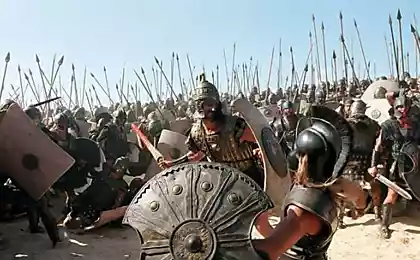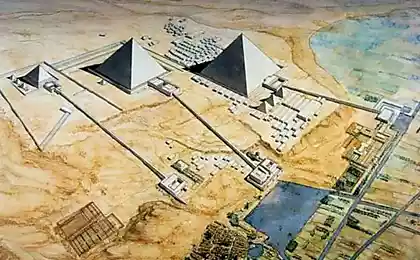473
The Colosseum was a market in the "Dark ages"
Archeologists discovered on the territory of the amphitheatre the remains of the medieval market houses, stables and workshops.
Archaeologists, leading excavations in the Colosseum, found that in the early middle ages it was a market, in addition, it was located in a residential building, stables and workshops. Excavations carried out by archaeologists and students from the American University in Rome and University of Roma Tre, in collaboration with Roman specialists on cultural heritage.
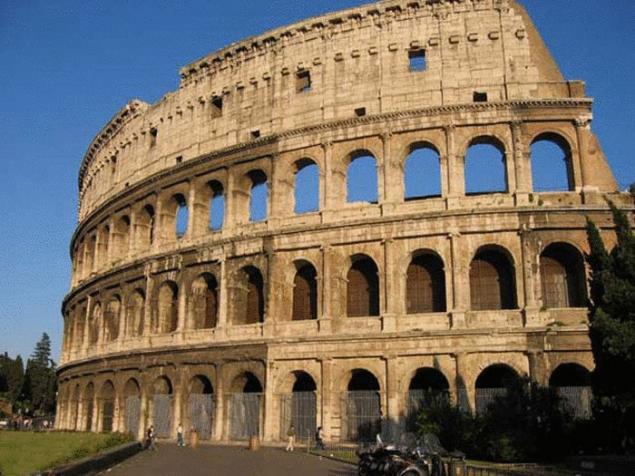
During the research discovered the bases of houses, ceramic sewer pipe fragments and ceramics, which dates from the IX century BC, People lived in the Colosseum until at least 1349, when it was badly damaged in the earthquake.
One of the most eye-catching finds – the figure of a monkey, carved in ivory. The researchers suggest that it can be used as a pawn during the chess game.
The construction of the Colosseum began in 72 ad under the Emperor Vespasian and finished under Emperor Titus, in 80 ad, the Amphitheatre was built on the site of the pond, which was part of the Golden house of Nero – a huge Imperial Palace. Thus, by building the amphitheatre, Vespasian made a symbolic gesture, passing the people of earth Nero. It is believed that the Colosseum was built by the spoils of war that Vespasian received after victories in Judea.
The opening of the Flavian amphitheatre were accompanied by large-scale games. In the first opening day, in addition to Gladiator fights and naval battles, there has been hounding 5 thousand different wild animals. For a long time the amphitheatre was the main place of entertainment for Romans. In 405, Emperor Honorius banned gladiatorial combat, as contrary to the spirit of Christianity. However, animal baiting took place in the Coliseum almost to death of Theodoric (king of Italy 493-526 gg.).
The Colosseum could accommodate up to 50 thousand spectators. Through 80 entrances (vomitoria) that were evenly distributed around the perimeter, the audience could fill the amphitheater for 15 minutes, and to all the spectators left the Coliseum, they had 5 minutes.
Four entrance was reserved only for highest nobility and were in the bottom row. It was intended for the Emperor, his family, senators and vestals. Higher located places for the rest of the audience, divided into three tiers. In the first tier (20 ranks) sat city officials and representatives of the equestrian order. Benches of the second tier (16 rows) could take "plebs" Roman citizens, entitled to wear a toga. The third tier was intended for lower class people. In the top rows of seats were standing, to let the urban poor, immigrants, visitors, or slaves. Women at different times that allowed in the Colosseum, no. When allowed, they also had to look at the view from the back rows.
The Colosseum is firmly linked to ideas about the persecution of Christians. It was believed that many of them were tortured. To some extent these representations have saved the amphitheatre from destruction. Pope Pius V in the sixteenth century proposed to hold a religious procession near the Colosseum, because, in his opinion, the arena is filled with the blood of the martyrs. In the middle of the eighteenth century, Pope Benedict XIV put in the arena a few crosses. In the 70-ies of the XIX century they were removed to mark the end of power of the Vatican over the city. Under Mussolini in the arena again erected a cross, he stands still.
Meanwhile, we have no information about the martyrdom of Christians in the Coliseum arena. The persecution of Christians in the Empire flashed a few times, but quickly came to naught. The persecutions were not religious in the full sense of the word. Christians were persecuted not for their religion (in this sense, Roman society was pretty loyal), and for refusal to perform traditional rites of the Roman state.
"Dark ages" researchers believe the period of European history that lasted roughly from VI to X century. This time, of the origin and formation of the new medieval States. However, there still is relatively little written evidence partly why the period called "dark".
According to the materials: The Telegraph
Source: nkj.ru
Archaeologists, leading excavations in the Colosseum, found that in the early middle ages it was a market, in addition, it was located in a residential building, stables and workshops. Excavations carried out by archaeologists and students from the American University in Rome and University of Roma Tre, in collaboration with Roman specialists on cultural heritage.

During the research discovered the bases of houses, ceramic sewer pipe fragments and ceramics, which dates from the IX century BC, People lived in the Colosseum until at least 1349, when it was badly damaged in the earthquake.
One of the most eye-catching finds – the figure of a monkey, carved in ivory. The researchers suggest that it can be used as a pawn during the chess game.
The construction of the Colosseum began in 72 ad under the Emperor Vespasian and finished under Emperor Titus, in 80 ad, the Amphitheatre was built on the site of the pond, which was part of the Golden house of Nero – a huge Imperial Palace. Thus, by building the amphitheatre, Vespasian made a symbolic gesture, passing the people of earth Nero. It is believed that the Colosseum was built by the spoils of war that Vespasian received after victories in Judea.
The opening of the Flavian amphitheatre were accompanied by large-scale games. In the first opening day, in addition to Gladiator fights and naval battles, there has been hounding 5 thousand different wild animals. For a long time the amphitheatre was the main place of entertainment for Romans. In 405, Emperor Honorius banned gladiatorial combat, as contrary to the spirit of Christianity. However, animal baiting took place in the Coliseum almost to death of Theodoric (king of Italy 493-526 gg.).
The Colosseum could accommodate up to 50 thousand spectators. Through 80 entrances (vomitoria) that were evenly distributed around the perimeter, the audience could fill the amphitheater for 15 minutes, and to all the spectators left the Coliseum, they had 5 minutes.
Four entrance was reserved only for highest nobility and were in the bottom row. It was intended for the Emperor, his family, senators and vestals. Higher located places for the rest of the audience, divided into three tiers. In the first tier (20 ranks) sat city officials and representatives of the equestrian order. Benches of the second tier (16 rows) could take "plebs" Roman citizens, entitled to wear a toga. The third tier was intended for lower class people. In the top rows of seats were standing, to let the urban poor, immigrants, visitors, or slaves. Women at different times that allowed in the Colosseum, no. When allowed, they also had to look at the view from the back rows.
The Colosseum is firmly linked to ideas about the persecution of Christians. It was believed that many of them were tortured. To some extent these representations have saved the amphitheatre from destruction. Pope Pius V in the sixteenth century proposed to hold a religious procession near the Colosseum, because, in his opinion, the arena is filled with the blood of the martyrs. In the middle of the eighteenth century, Pope Benedict XIV put in the arena a few crosses. In the 70-ies of the XIX century they were removed to mark the end of power of the Vatican over the city. Under Mussolini in the arena again erected a cross, he stands still.
Meanwhile, we have no information about the martyrdom of Christians in the Coliseum arena. The persecution of Christians in the Empire flashed a few times, but quickly came to naught. The persecutions were not religious in the full sense of the word. Christians were persecuted not for their religion (in this sense, Roman society was pretty loyal), and for refusal to perform traditional rites of the Roman state.
"Dark ages" researchers believe the period of European history that lasted roughly from VI to X century. This time, of the origin and formation of the new medieval States. However, there still is relatively little written evidence partly why the period called "dark".
According to the materials: The Telegraph
Source: nkj.ru
Little-known photos of the great events of the past
Students from the Technical University of Denmark has developed a building envelope
